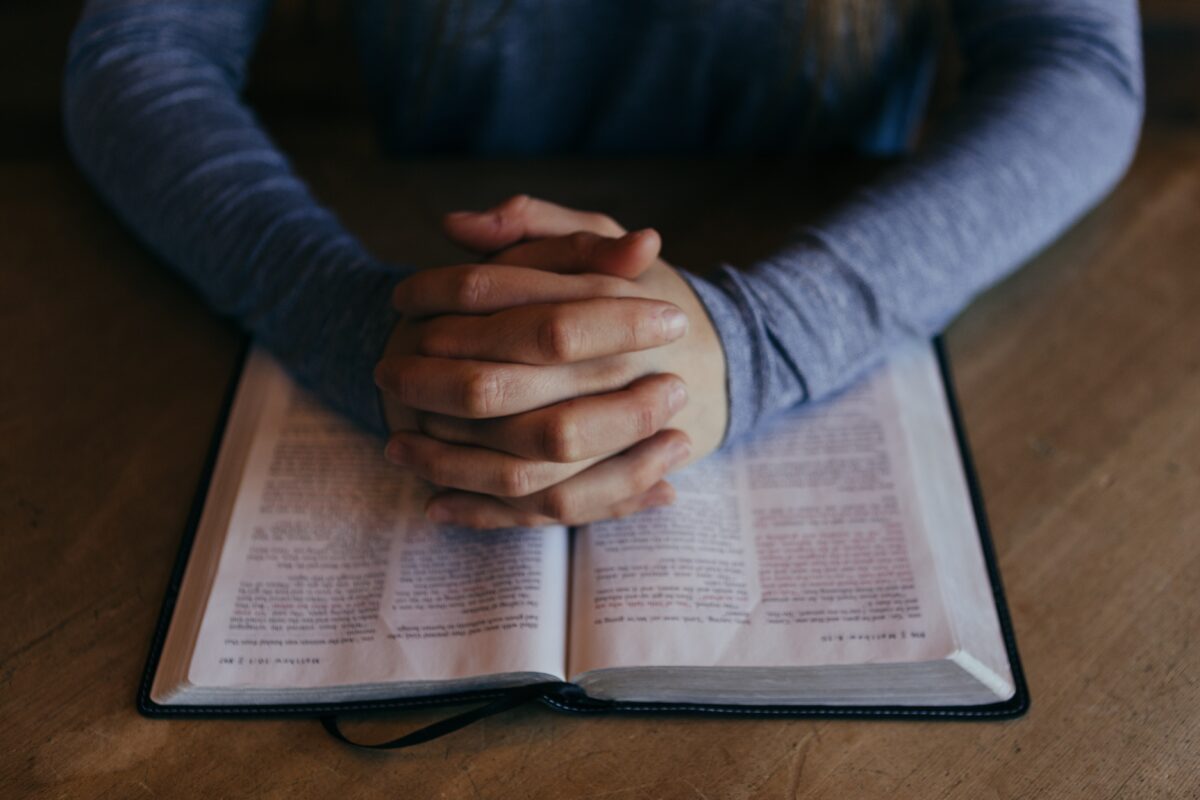Jesus intends the Lord’s Prayer to be a pattern for His disciples to follow. We know this because Jesus Himself tells us so. In Matthew 6:9, He says that when we pray, we are to pray “like this,” which obviously means that Jesus intends this prayer to serve as a model for our prayers. The first thing we should notice in this model prayer is that Jesus begins with God. His focus is on God and the things of God. And only after beginning in this way does Jesus instruct us to pray for ourselves and our needs.
I find that to be incredibly helpful, because the prayers that we offer to the Lord so often begin with us and our needs. But Jesus teaches us to start with our focus upon God instead of upon ourselves. I think that is because Jesus looks at prayer differently than we do. We see prayer as a way of drawing down blessings from God, but Jesus sees it as a way of drawing us up to God. It is, therefore, less about what we can get and more about what we can give, experience, and become. It is about giving Him the praise for which He is due; it is about experiencing His presence for ourselves and seeing Him for who He is; and it is about our will and desires becoming more and more conformed to His. All of that happens when we begin with God in our prayers.
For students of the Bible, this should not be surprising. The Bible is replete with examples of prayer that begin and/or focus upon God. Besides the Lord’s Prayer, we can look to almost any of the psalms to see this. Psalm 23, for instance, uses the well-known words, “The Lord is my shepherd,” which clearly direct our attention and our souls to God from the outset. Psalm 24 starts with a declaration of praise and adoration that is obviously meant to set the tone for the entire prayer: “The earth is the Lord’s and the fullness thereof.” And Psalm 25 emphasizes the Godward direction of prayer when it takes up the words, “To you, O Lord, I lift up my soul.”
I find it interesting that, after beginning with God, Jesus’s prayer then progresses to petition and that the particular petition He provides—whether or not we include “hallowed be your name” as the first petition or the final adoration—is one that highlights the conformity of our will and desires to God’s. As we indicated earlier, this is one of the things that beginning with God ought to do. It ought to make us long for His name to be hallowed or for His kingdom to come and His will to be done on earth as it is in heaven.
But Jesus’s example in Matthew 6 teaches us not only that prayer begins with God and includes petitions that arise from it but that it also includes confession of sin and petitions for our daily needs. We can see at least the elements of Adoration, Confession, and Supplication in His model prayer—the A, C, and S of the ACTS acrostic. Of these elements, adoration is clearly the most important, as far as Jesus is concerned anyway, because He gives it first priority. And yet it is the one element that is arguably most lacking from our prayers. We struggle most with the A, the C, and the T (see Phil. 4:6 for the T). The S comes easiest for us. We don’t need much help with that, because we are acutely aware of the things that we need God to provide or to do for us at all times. We struggle more with adoration, confession, and thanksgiving, but if we focused our prayers on adoration from the start, I think we would find the confession and the thanksgiving to be much more natural.
When we begin with God, we quickly realize that we aren’t Him and, not only so, we quickly realize that are vastly different from Him. We ought to see not only our finitude (the creator-creature distinction) but our sin as well. We should see just how far short we have fallen of His glory (Rom. 3:23). And once our attention is fixed upon these kinds of things, confession and thanksgiving should flow very naturally, because we not only realize how far short we have fallen but how great God’s provision is for the forgiveness of our sins in the person and work of His Son.
The pattern that Jesus lays down for us in the Lord’s Prayer is to begin with adoration and proceed from there to confession and supplication (with thanksgiving according to Phil. 4:6). Tomorrow we will take up the fourth point, which is that prayer is meant to be a daily exercise.

